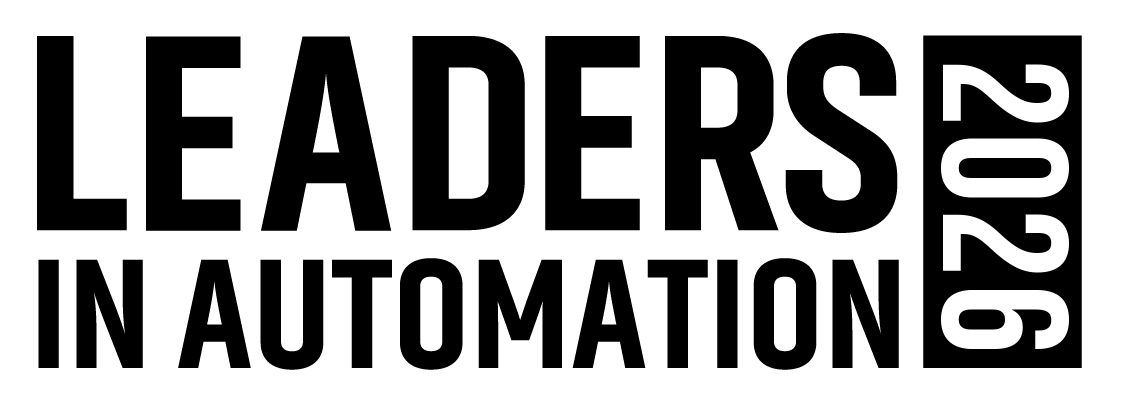One of the products—a new RFID system for the industrial space—is likely to find applications in one of Turck’s traditional U.S. markets, namely the automotive industry. The other new entry—a Diagnostic Power Conditioner system for Foundation Fieldbus—will add fuel for Turck’s effort to push further into the process automation space.Process presenceIn his opening remarks, Turck Inc. President and Chief Executive Officer Dean McCaskill noted that process automation currently amounts to only about 5 percent of the company’s business in the United States Belgium and at a Volkswagen plant in Poland , said Mark DiSera, product marketing manager for Turck’s Network and Interface Division.Built on the ISO 15693 13.56 MHz high frequency, or HF, standard for radio frequency identification, or RFID, the BLident can handle up to eight channels of RFID on a single gateway—four times as much as competitive systems—plus additional discrete or analog I/O to comprise a single node on the network, said DiSera. Other BLident differentiators include a ferroelectric RAM (FRAM) memory option for RFID tags, which provide significantly more write cycles than more traditional EEPROM tag memory, said DiSera. Wes Iversen
About the Author
Wes Iversen
Managing Editor
Sign up for our eNewsletters
Get the latest news and updates

Leaders relevant to this article: